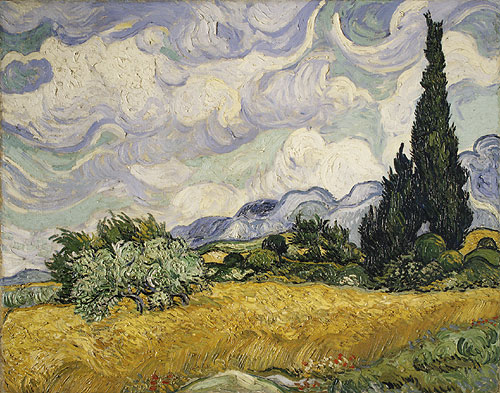I learn from an online essay at Harpweek
(via Little Hokum Rag) that Vincent van Gogh loved magazine cartoons
and illustrations. He cut them out and organized them into
categories and copied them to learn how to draw — and actually dreamed
about becoming a commercial magazine artist. His collection
included a number of works by Thomas Nast, the great American political
cartoonist (see above), who published in Harper's Weekly.
The essay, by Albert Boime, links elements of van Gogh's style to to the
techniques of commercial illustration in his day and suggests that van
Gogh's attention to popular visual art may account in part for his own
enduring popularity with a wide audience.
Boine also suggests that the unwillingness of academic art historians
to study the influences of “low” art on “high” art distorts the
understanding of all art. He writes:
“The
curious exclusion or strategic avoidance of van Gogh's commercial art
intentions is inseparable from the persistent valuing of his production
within the context of mad artistic genius. In effect, van Gogh has been
packaged and successfully marketed by the very forces that deny his own
marketplace preoccupation. Thus comprehending van Gogh's original
commitment to illustration and cartooning should help clarify the larger
question of his perception of the artist's social role.”

mardecortésbaja.com
A Journal Of Visual Culture
